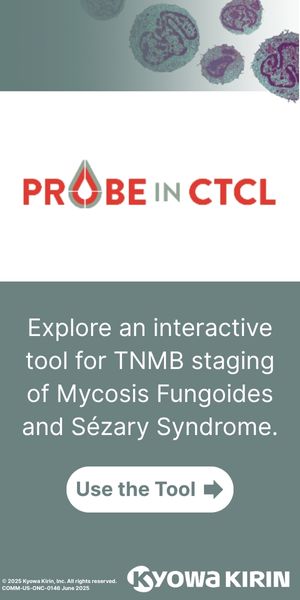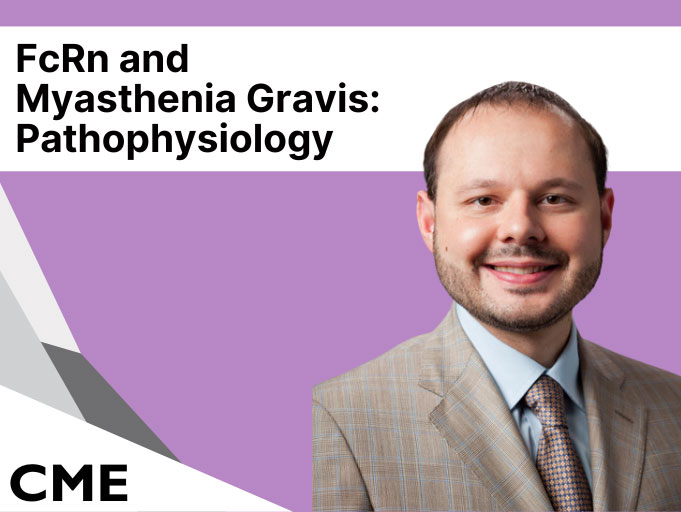Social Wall
New Treatment Option (SAT-3247) for Duchenne Muscular Dystrophy Shows Promise in Early Phase Trial
New Data on the Use of Givinostat for Treatment of Patients With Duchenne Muscular Dystrophy
Myasthenia Gravis Clinical Research Highlights: AAN 2025
Open-Label Extension Data of Del-Zota for Patients With Duchenne Muscular Dystrophy
Scott Baver, PhD, Vice President of Medical Affairs at ITF Therapeutics, discusses long-term safety and efficacy data on givinostat for patients with Duchenne muscular dystrophy.
...https://checkrare.com/long-term-safety-and-efficacy-data-on-givinostat-for-patients-with-duchenne-muscular-dystrophy/
#CheckRare #DMD #RareGenetic #RareMusculoskeletal #RareNeurology
Biomarker Validation in Niemann-Pick Disease Type C
Treating NF1-PN With Mirdametinib
Long-Term Safety and Efficacy Data on Givinostat for Patients With Duchenne Muscular Dystrophy
Patient Perspective: Lipodystrophy Diagnostic Journey
Diagnosis and Management of Hypoparathyroidism
Daily Symptom Burden of Hypoparathyroidism
XLH Community Impact Survey: Effects on Mental Health
Patient Perspective: Diagnostic Journey and Challenges of Lipodystrophy
Long-Term Safety and Efficacy Results of Palopegteriparatide in Patients With Hypoparathyroidism
What Clinicians Need to Know About Fibrodysplasia Ossificans Progressiva
Unmet Needs of Patients With Cushing’s Syndrome
Recordati’s Presentations at ENDO 2025
Linvoseltamab in the Treatment of Relapsed/Refractory Multiple Myeloma
Lumryz for Hallucinations in Patients With Narcolepsy












Results from the TEASE-2 Clinical Trial of Gildeuretinol in Patients With Stargardt Disease
CheckRare October 30, 2025 1:34 pm